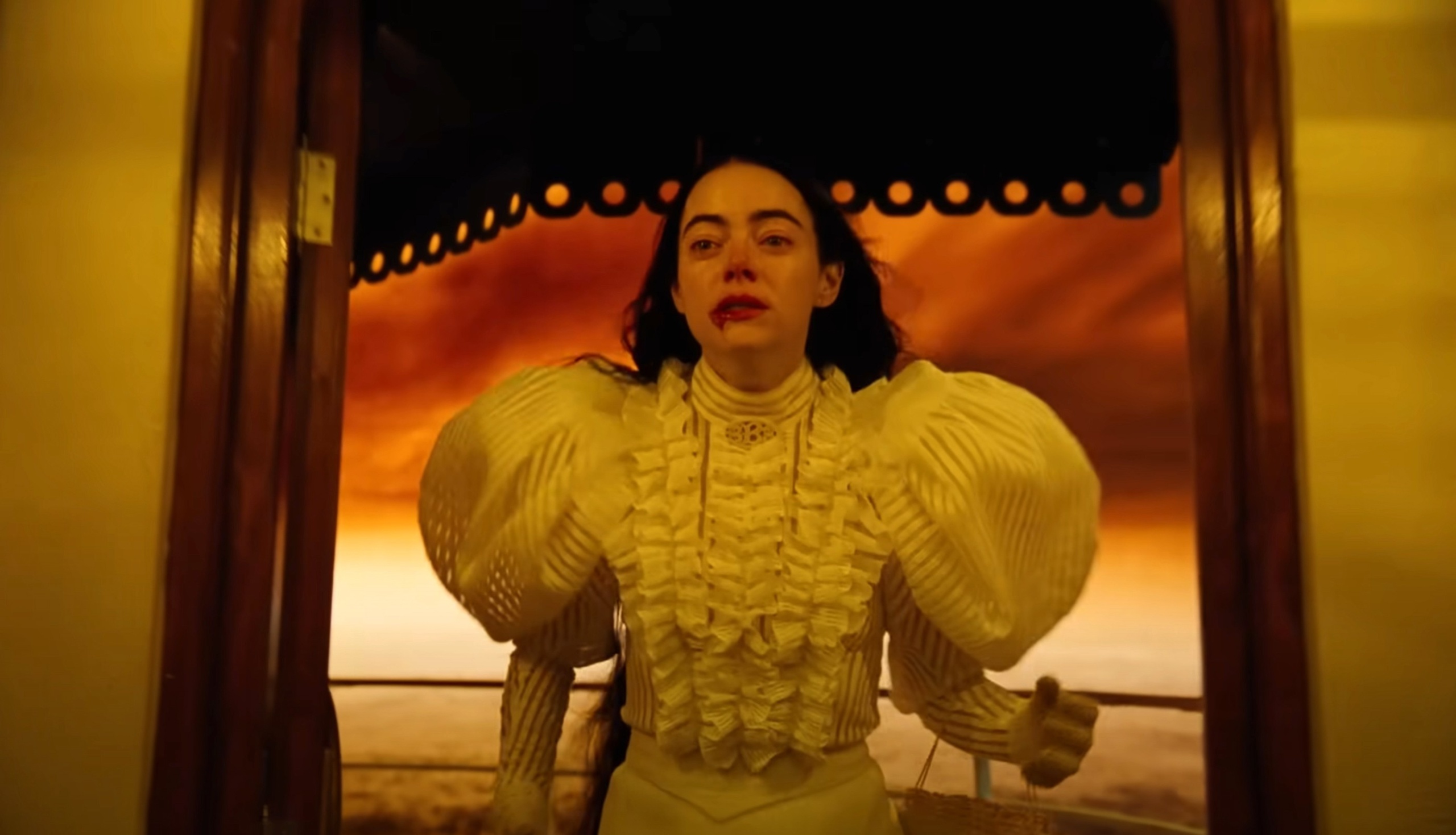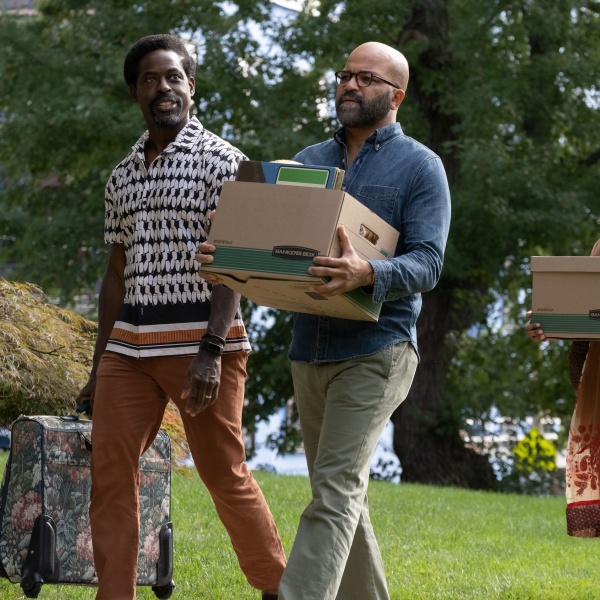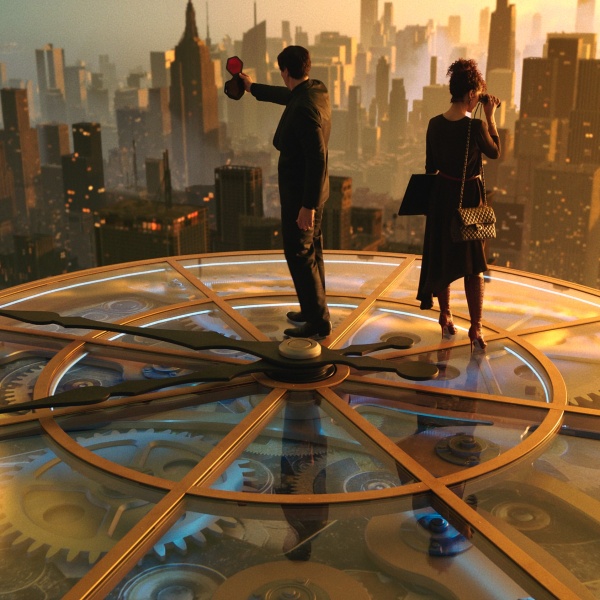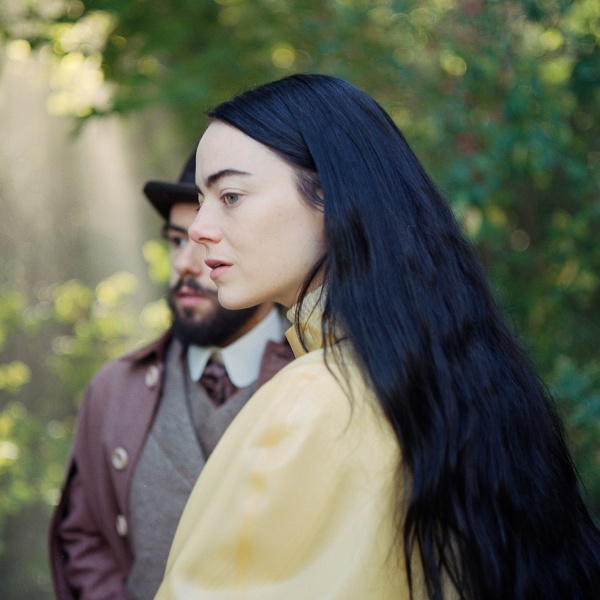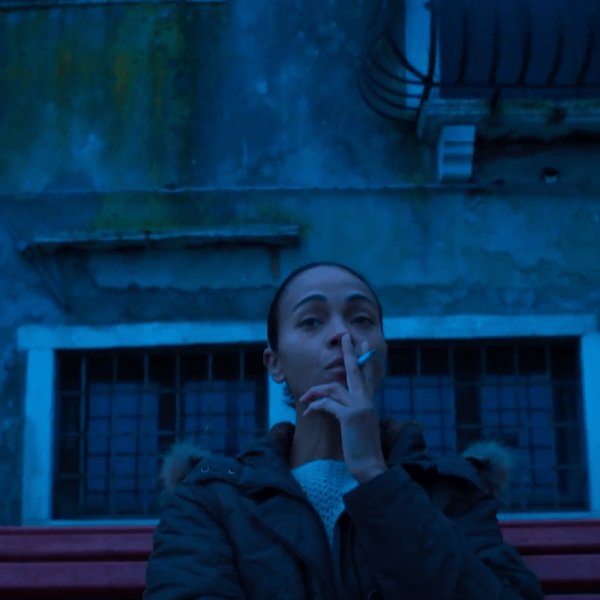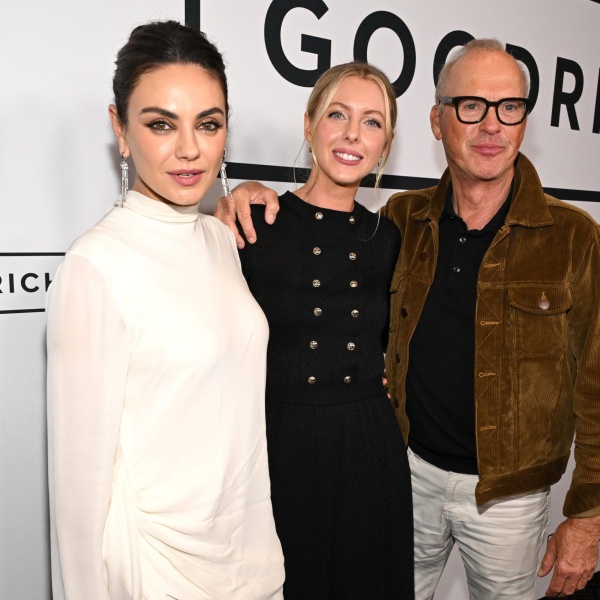It’s impossible to pin “Poor Things” down at any place or time except its own. It begins in a vaguely Victorian London, with scrappy medical student Max McCandles (Ramy Youssef) being brought into the Baxter home to obscure the development of Bella Baxter (Emma Stone), who has the body of an adult woman but the mind of an infant. As that fact suggests, the technology, travel methods, and science of “Poor Things” would all be at home in an Isaac Asimov novel, let alone the 1992 Alasdair Gray novel the film is based on.
The problem of building a visual world that evokes both the past and the future was a prime challenge for the production and costume design teams on the Yorgos Lanthimos film, and it allowed costume designer Holly Waddington the opportunity to blow up expected conventions of period costuming.
Normally, historical costumes cheat a little bit and have slightly more modern silhouettes, or don’t use the same structure that held clothing together in the past. “Bridgerton” has made a point to embrace colors, patterns, and fabrics that wouldn’t have existed in the 18th or 19th centuries. “Poor Things,” while it doesn’t lean on historical patterns, does embrace — albeit in isolation — the big sleeves, more structured menswear, and dramatic shapes that were parts of past fashion. Waddington remixes these bits with modern fabrics and a design sensibility that embraces organic material to create clothing that is as singular as Bella.
“I think maybe the reason people don’t do the big sleeves is there’s this tendency to calm periods down. I think often that’s what people want to do: to make them more easily understandable to a modern audience, because period dress is often very extreme,” Waddington told IndieWire. “When you take old patterns and make them up, often they’re surprisingly much more extreme than anything you see in a film, and I love working with the real thing.”
But in the case of “Poor Things,” the real thing didn’t have to mean fashionplates. In order to convey the pomposity of Duncan Wedderburn (Mark Ruffalo), Waddington turned to Victorian caricatures of men with puffed-up chests and curvy bottoms and legs. “I thought it was quite funny that Bella would have these huge shoulders and be almost overpowered by them, and [Duncan] would be in these slightly diminutive shoulders with this curvy pigeon chest,” Waddington said. “We did have to calm it down. He started off with a foam collar and a big pigeon chest. We had to simmer it all down. But in the final film, he does wear a corset in certain moments.”
Extra body padding and corsets are the parts of historical fashion trends that Hollywood costumes tend to erase or minimize, which means they look old and strange and different when we see them in use. That allowed Waddington to pull pieces of the past but towards a wholly original purpose and with designs that pair well with the film’s fascination with physicality and experimentation.

“We didn’t do any lace or any of the trimming that you would associate with the Victorian period, so we didn’t bother with that, but we replaced everything with strips of plastic and we made lots of textures,” Waddington said. “We had these smocking machines that would kind of ruche fabric up to make it look almost like the gill of a sea creature or to resemble the lining of an intestine. The textures I was thinking about were those within a body, within organic matter. Everything is a bit unruly.”
Everything certainly looks unruly, but Waddington also shaped clothing and chose colors that complemented the production design and made the costumes feel part of the wider world. “Everything was considered in relation to the space,” Waddington said. “So for example, for the bedroom with the quilted walls, it felt like a good mirroring to give Bella a quilted dressing gown. With Lisbon, I was trying to respond to these joyful Lisbon colors in the costuming.”
But the true joy of the costumes of “Poor Things” is just how much of a blend they are of Waddington’s references: from the picture Lanthimos sent her of a inflatable pants (as inspiration) to a set of ‘60s André Courrèges shoes that Waddington transformed into a Victorian boot. “[It’s] a great quality of Yorgos that he sets his creatives off on a journey, and sort gently steers them rather than being prescriptive,” Waddington said.
